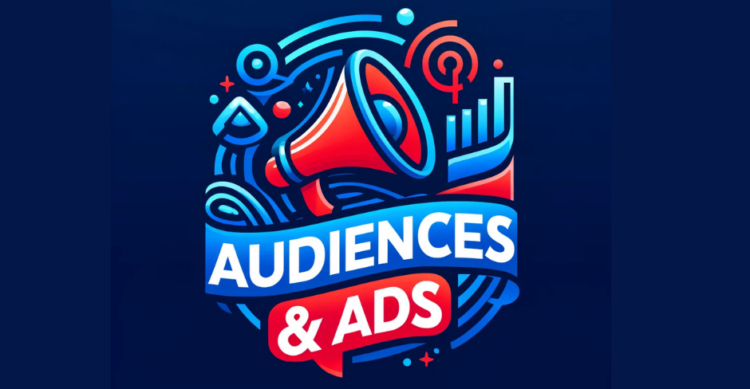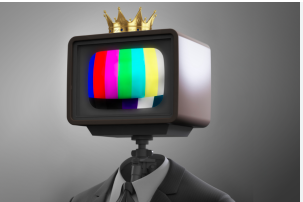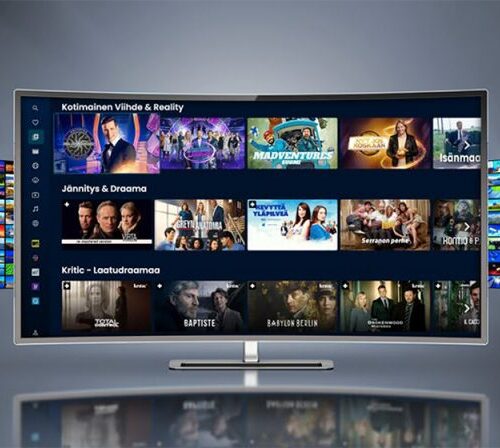

[This article is written by Benjamin Pius (Publisher @ BMA) as part of the forthcoming Content And Advertising Connect Show – East Africa on 25th – 26th March 2025 in Nairobi, Kenya. Learn more about the event here]
The broadcast media industry is undergoing a significant transformation driven by technological advancements, shifting audience behaviours, and evolving commercial models. For broadcasters, these changes present both challenges and opportunities, particularly in advertising sales and revenue generation. As media consumption patterns evolve, broadcasters must adapt to remain competitive and profitable. Here’s a look at key future trends in media consumption and their impact on ad sales and revenues.
1. The Shift from Linear TV to Streaming and On-Demand Viewing
Traditional linear television is steadily losing viewership to streaming platforms and on-demand services. This shift drives advertisers towards targeted and programmatic advertising rather than conventional ad slots. Broadcasters must evolve their monetisation strategies by integrating digital advertising solutions, expanding their streaming offerings, and leveraging data-driven insights to maintain ad revenues.
2. The Rise of Short-Form and Mobile-First Content
With the popularity of social media platforms like TikTok, Instagram Reels, and YouTube Shorts, audiences are consuming more bite-sized, mobile-friendly content. The latest research has shown that advertisers are also now looking for native advertising, meaning that broadcasters must adapt their strategies.
3. The Power of AI-Driven Personalisation
Artificial intelligence (AI) and machine learning are revolutionising how audiences interact with content. For broadcasters, AI can enhance audience segmentation, allowing for more precise ad targeting and improved monetisation.
4. Interactive and Immersive Advertising
The rise of interactive advertising formats is changing how brands engage with consumers. Broadcasters who incorporate interactive elements into their digital offerings—whether through connected TV (CTV) applications or second-screen experiences—can attract premium advertising spend.
5. Invest in Direct Audience Engagement
By offering advertisers deeper insights into audience behaviour, broadcasters can enhance the value of their ad inventory and drive higher revenues. Broadcasters must, therefore, invest in direct audience engagement strategies and interactive content experiences to build valuable first-party data assets.
Conclusion
The future of media consumption is rapidly shifting. To stay ahead, broadcasters must embrace data-driven advertising, emerging ad formats, and AI-enabled capabilities to secure their position in an evolving media ecosystem and continue attracting advertisers in a competitive digital marketplace.
[This article is written by Benjamin Pius (Publisher @ BMA) as part of the forthcoming Content And Advertising Connect Show – East Africa on 25th – 26th March 2025 in Nairobi, Kenya. Learn more about the event here]











